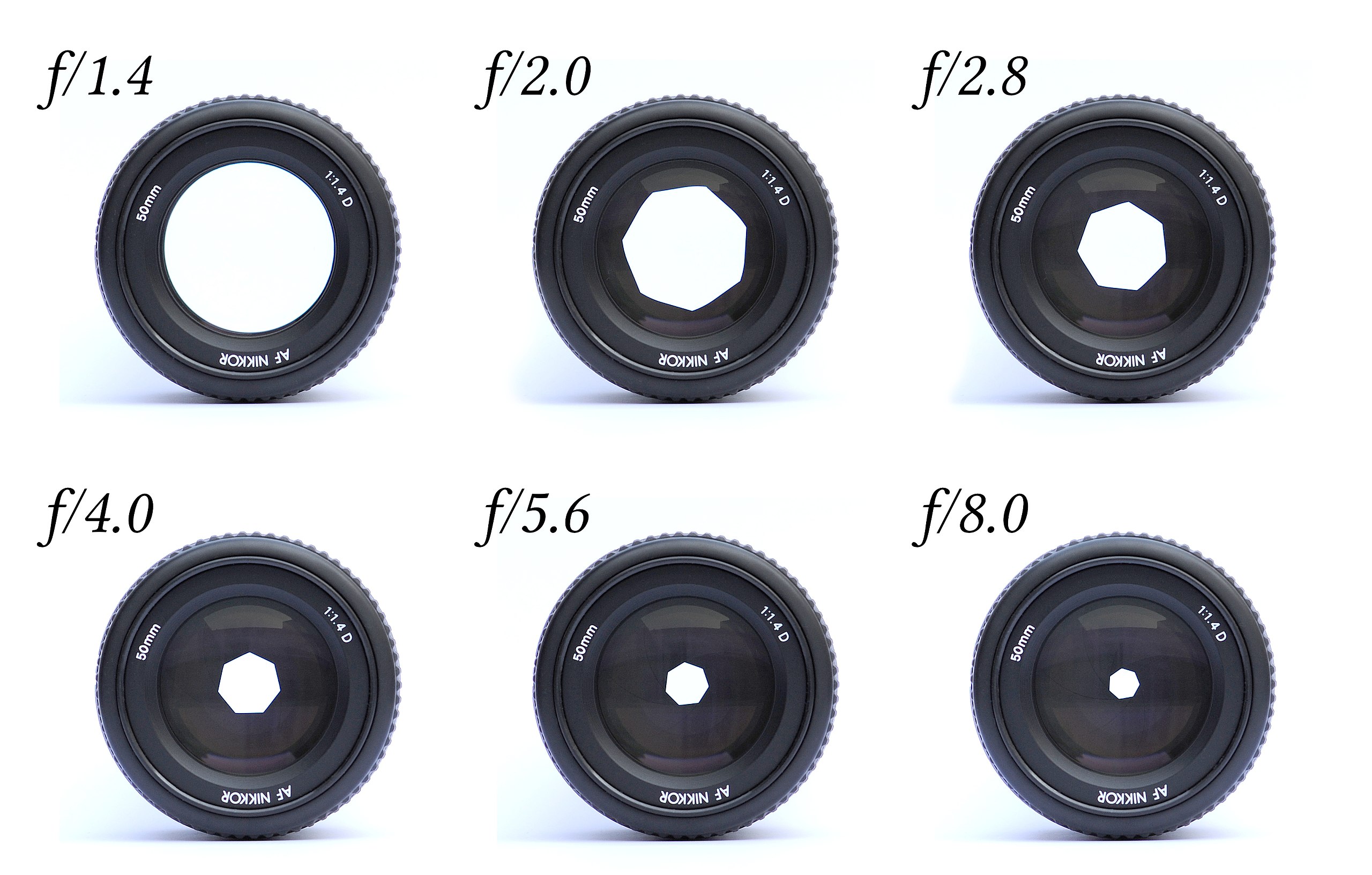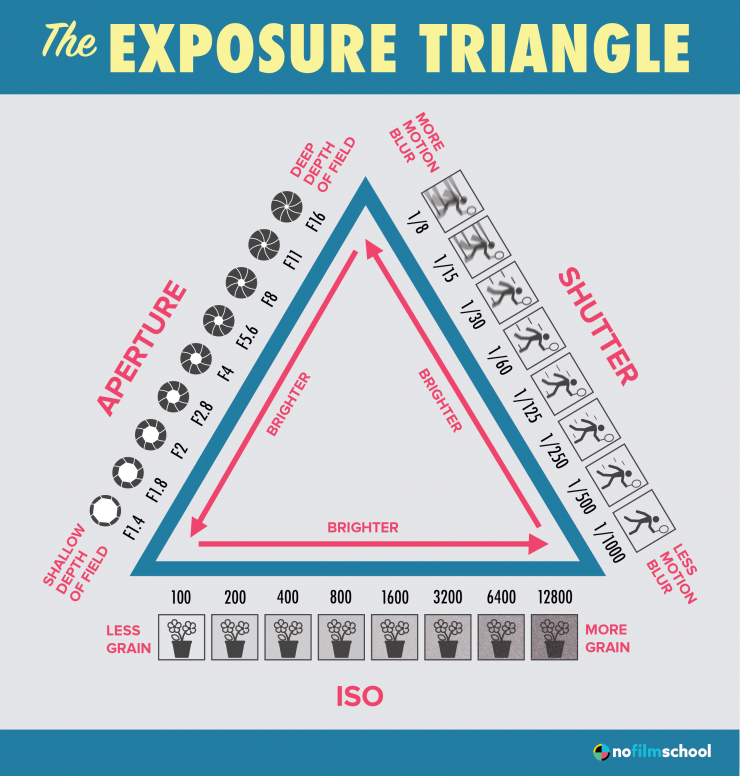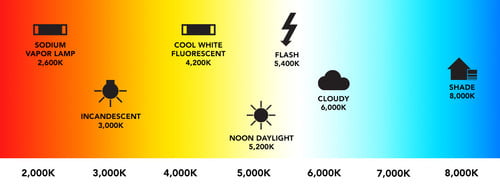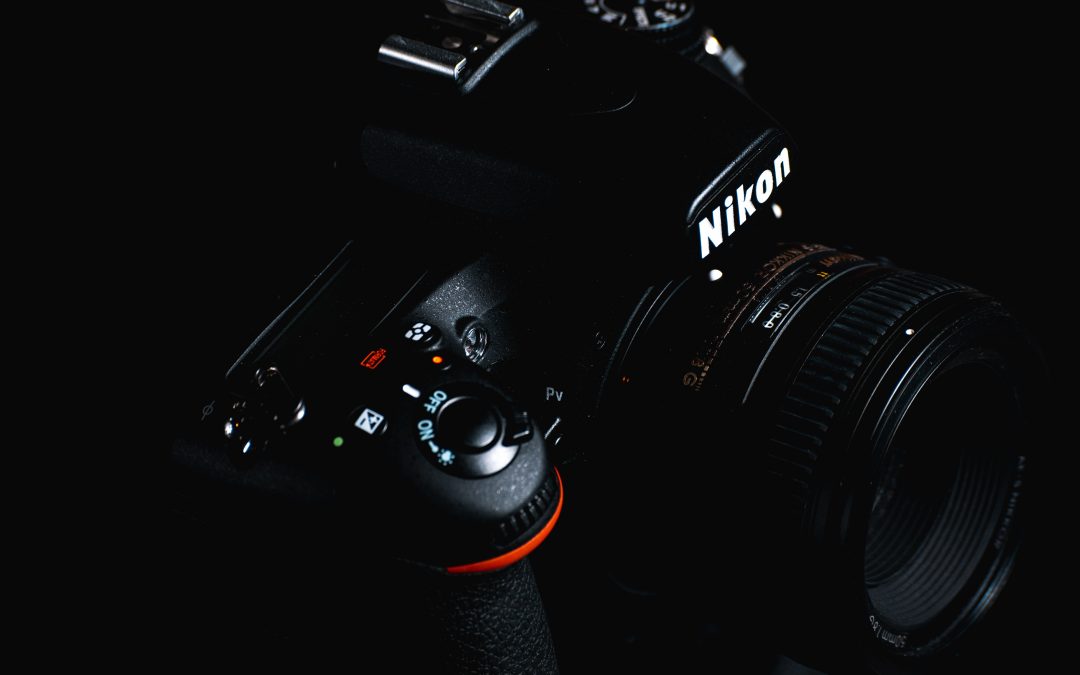Fundamentals of Digital Photography | Oshawa Photographer
Fundamentals of digital photography is so important these days as almost everyone has a camera/camera phone these days, and for good reason. Cameras on phones are improving all the time and can take some pretty amazing photos. But if you want to up your photography game and learn how to take really great photos with any camera, you need to understand the fundamentals of digital photography. As a Oshawa photographer, I’ll talk about some of the basic concepts that you need to know in order to start taking phenomenal photos.
When you start to understand the fundamentals of digital photography, it will become easier and more enjoyable for you to take photographs. Digital photography is a new way of taking photos that was only invented in 1975. This makes it very unique compared to traditional film cameras which have been around since 1839!
Fundamentals of Digital Photography | Main factors
In Oshawa photography, there are three main factors that affect the exposure of an image.
- aperture
- shutter speed
- ISO
- White Balance
Each of these settings can be adjusted to control the brightness, focus, colour tone and darkness of an image. The aperture, shutter speed and ISO are all factors that work with one another in what is called the exposure triangle. (more on this below)
Fundamentals of Digital Photography | Aperture | Oshawa Photographer

Aperture is the size of the opening in the lens. It controls how much light enters the camera. The larger the aperture, the more light will be let in and vice versa. Aperture is measured in f-stops and it affects the image focus. The lower the f-stop the more blurry the background of an image is. The focus point (subject) will be in focus and the further away from the subject of focus is the blurrier the background is. As an Oshawa photographer, I prefer to use the lowest possible f-stop as I love my subjects to pop from my images.
Fundamentals of Digital Photography | Shutter Speed | Oshawa Photographer
Shutter speed is how long the shutter stays open to expose the image sensor to light. Shutter speed is measured in seconds or fractions thereof (e.g., 250 means a quarter of a second). The slower the shutter speed, the more light will be allowed into the camera. It also allows for freezing motion in an image. The faster the shutter speed the more likely you can freeze motion.

Fundamentals of Digital Photography | ISO | Oshawa Photographer

ISO is the sensitivity of the image sensor to light. The higher the ISO, the more sensitive it is and the brighter your images will be. However, high ISOs also introduce noise into an image. This is basically little dots that show up in dark areas of an image and can make them look grainy.
Fundamentals of Digital Photography | Exposure Triangle | Oshawa Photographer
An exposure triangle is a term used to describe how aperture, shutter speed and ISO work together to create an exposed photo. Each factor in the triangle affects one another. For example, if you increase your shutter speed, you will need to decrease your aperture or ISO setting to maintain the same exposure value (EV). Similarly, if you want to shoot at a lower aperture you will need to increase your shutter speed or the image will be over exposed.
In photography, there are three ways to control the exposure of an image
- Aperture
- Shutter speed
- Controlling the ISO
Each of these methods work together to create what is called the exposure triangle. For you to properly expose your images, you need to understand how each of these settings works and how they interact with one another. If you are looking to take your photography skills to the next level, it is essential that you learn about and understand the exposure triangle! The image below helps to understand the relationship with one another.

Fundamentals of Digital Photography | White Balance
White balance is important to learn and use. It will help you adjust for difficult lighting situations where the camera may not be able to properly capture your images, such as when shooting outside on a sunny day or inside with fluorescent lights.
The key fundamentals of photography are composition, exposure and focus. The fundamentals of digital photography include shutter speed, aperture and ISO as well as white balance. Learning how each affects an image can make it easier to create better photos in any situation!

Fundamentals of Digital Photography | Image Colour Temperature
White balance affects the colour temperature of an image. Images can be what I call as an Oshawa photographer as warm, neutral or cool in temperature.
A warm image has a yellow or orange tint to it, while a cool image has a blue or purple tint. Neutral images have no real tint and are the most accurate representation of what you see with your eyes.
To adjust the white balance in an image, you can use the temperature presets on your camera (cool, tungsten, fluorescent etc.), manually change the temperature value or use an automatic white balance preset.
The temperature values range from 2500K (warm) to 10000K (cool). Most cameras have a default setting of 5000K which is considered neutral. If you find that your photos are coming out too warm or cool, try adjusting the white balance until they look more like what you had envisioned. There are various ways to correct an image colour temperature to a neutral. Some of the various ways include using a gray card or expo disk.
Fundamentals of Digital Photography | Gray Card
A gray card is a neutral coloured object that you can use to set the white balance in your camera. An expo disk is an orange or blue translucent disk that attaches to the front of your lens and helps adjust the color temperature of your images.
Both methods are very effective, but I find using a gray card easier when shooting in manual mode.
When photographing people, it’s important to get their skin tones looking as natural as possible. This can be tricky if they’re standing in front of a bright window or if there’s a lot of contrast between them and their surroundings.
By adjusting the white balance, you can make sure their skin tones look good no matter what lighting situation you’re faced with!


Fundamentals of Digital Photography | Knowing your Equipment
One of the fundamentals of digital photography is knowing your equipment. This means being familiar with all the buttons and functions on your camera, as well as how to change settings.
If you’re not sure how to do something, take the time to read your camera’s manual or search for tutorials online. There are plenty of resources available to help you learn more about photography and your specific camera model.
Preferences on what to keep in a camera bag differ between individual people. Check out what I keep in my camera bag in my blog post “Whitby Photography | What I keep in my Camera Bag“
Practice makes perfect, so don’t be afraid to experiment with different settings and see what works best for you!
Fundamentals of Digital Photography | Portrait Composition
When photographing people, it’s important to think about your composition. This includes the placement of your subject in the frame, as well as how you’re going to capture their facial features.
There are a few things to keep in mind when composing portraits:
- Place your subject off-center for more interest
- Shoot from different angles to add variety
- Use leading lines to draw attention towards your subject
- Get close and use a wide aperture for blurred backgrounds
These are just a few tips to help you get started. Experiment with different compositions and see what works best for each individual portrait. Lighting also plays a part in an image and can find more information in our next upcoming blog “Portrait Photography Basics”
Fundamentals of Digital Photography | In Conclusion
Digital photography can seem daunting at first, but with a little practice and knowledge, you’ll be able to create amazing photos in any situation! These are just a few of the fundamentals that as an Oshawa photographer I think are important to know. There’s so much more to learn, and I encourage you to explore different aspects of photography to find what interests you the most.
Keep practicing and have fun! 🙂
Digital Photography Basics


Trackbacks/Pingbacks